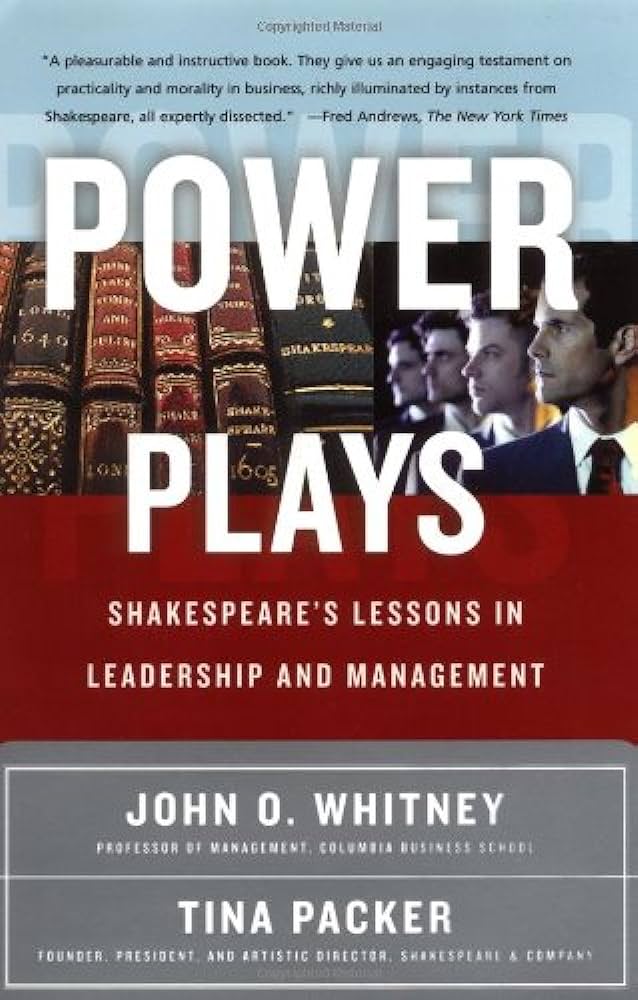Teaching medieval history can be an exciting and enriching experience for students. The medieval period is brimming with fascinating stories of knights, castles, and dramatic events that have shaped the world as we know it today. By incorporating interactive and creative lesson ideas, educators can bring this captivating era to life in the classroom. In this article, we will explore some engaging medieval history lesson ideas that will spark the curiosity and imagination of students.

Credit: wvupressonline.com
1. Create a Medieval Feast
Bring the sights, smells, and tastes of the medieval period into the classroom by organizing a medieval feast. Students can research and prepare dishes that were popular during medieval times, such as hearty stews, bread, cheese, and fruits. This hands-on activity not only provides a sensory experience but also offers insight into the culinary traditions of the era. Students can dress in simple medieval attire and engage in lively discussions about the significance of feasting in medieval society.
2. Knights and Heraldry Workshop
Invite students to delve into the world of medieval knights and heraldry by conducting a workshop on these fascinating subjects. Students can learn about the code of chivalry, armor, and weaponry used by knights, as well as the art of heraldry and the significance of coat of arms. Encourage students to design their own coat of arms, incorporating personal symbols and meanings. This interactive activity allows students to gain a deeper understanding of the values and traditions of medieval knighthood.
3. Castle Construction Challenge
Unleash the creativity and engineering skills of students by organizing a castle construction challenge. Provide materials such as cardboard, craft paper, and art supplies, and task students with designing and building their own medieval castles. Encourage them to consider the defensive features, layout, and architectural elements of castles while working in teams. This hands-on project promotes critical thinking and collaborative problem-solving while reinforcing knowledge of castle structures and functions.
4. Medieval Role-Playing Simulation
Immerse students in the medieval world by organizing a role-playing simulation set in the feudal era. Assign students various roles such as peasants, knights, lords, and clergy, and guide them through simulated scenarios that reflect the social structure and power dynamics of medieval society. This interactive activity allows students to experience firsthand the challenges and opportunities faced by individuals of different social classes during the medieval period, fostering empathy and understanding.

Credit: www.amazon.com
5. Manuscript Illumination Workshop
Introduce students to the art of manuscript illumination by conducting a workshop focused on this intricate medieval craft. Provide students with replicates of historical manuscripts, along with materials such as gold paint, colored inks, and parchment-style paper. Students can practice the techniques of illumination by designing and decorating their own initials or small illustrations inspired by medieval artwork. This artistic activity not only enhances understanding of medieval aesthetics but also nurtures creativity and attention to detail.
6. Medieval Trade and Commerce Game
Engage students in a dynamic game that simulates medieval trade and commerce. By assuming the roles of merchants, craftsmen, and traders, students can participate in a simulated marketplace where they negotiate deals, trade goods, and navigate economic challenges typical of the medieval period. This hands-on activity provides insight into the interconnectedness of medieval economies and allows students to appreciate the significance of trade in shaping medieval society.
7. Interactive Visits to Online Exhibits
Utilize online resources and virtual museum exhibits to take students on interactive journeys through medieval art, artifacts, and historical sites. Encourage students to explore digital collections, interactive maps, and 3D reconstructions of medieval architecture. This virtual exploration enhances understanding of material culture and historical contexts while leveraging technology to bring the medieval world closer to students, regardless of geographical limitations.
8. Medieval Inventions Showcase
Inspire students to immerse themselves in the ingenuity of the medieval period by organizing a medieval inventions showcase. Students can research and present various innovations and technological advancements that emerged during the medieval era, such as the mechanical clock, windmills, and early weaponry. This activity not only highlights the inventiveness of medieval thinkers but also encourages students to appreciate the enduring impact of medieval contributions to technology and engineering.
Frequently Asked Questions Of Medieval History Lesson Ideas: Unleash The Power Of Engaging Strategies
How Did Medieval People Record Historical Events?
Medieval people recorded historical events through oral traditions, manuscripts, and chronicles, which were handwritten accounts of significant events.
What Were The Major Sources Of Information In Medieval Times?
The major sources of information in medieval times were documents, such as charters and legal records, along with chronicles, royal decrees, and religious texts.
How Were Stories Passed Down In The Middle Ages?
In the Middle Ages, stories were passed down through storytelling, ballads, and epic poems that were performed by troubadours or minstrels.
Did People In Medieval Times Have Access To Books?
Access to books in medieval times was limited, primarily reserved for the clergy, nobility, and wealthy individuals who could afford handcrafted manuscripts.
Conclusion
The medieval period offers a rich tapestry of historical, cultural, and artistic elements that can captivate the imagination of students. By incorporating these engaging history lesson ideas, educators can instill a deep appreciation for medieval history while cultivating critical thinking, creativity, and empathy in students. Through hands-on activities, simulations, and interactive explorations, students can gain a nuanced understanding of the medieval world and its enduring influence on the present day.
Guest Author Sakhawat-Shuvo wrote and edited this Article based on his best knowledge and understanding. These opinions and remarks are not endorsed or guaranteed by epichistoria.com or EpicHistoria. The Epic Historia does not guarantee this article’s content. Readers should verify and use their judgment before trusting the content. Also, the Images used in this Article are the copyright of their Respective Owners. Please use our Comment Box or Contact Us form to report this content. This information is not accountable for losses, injuries, or damages.

